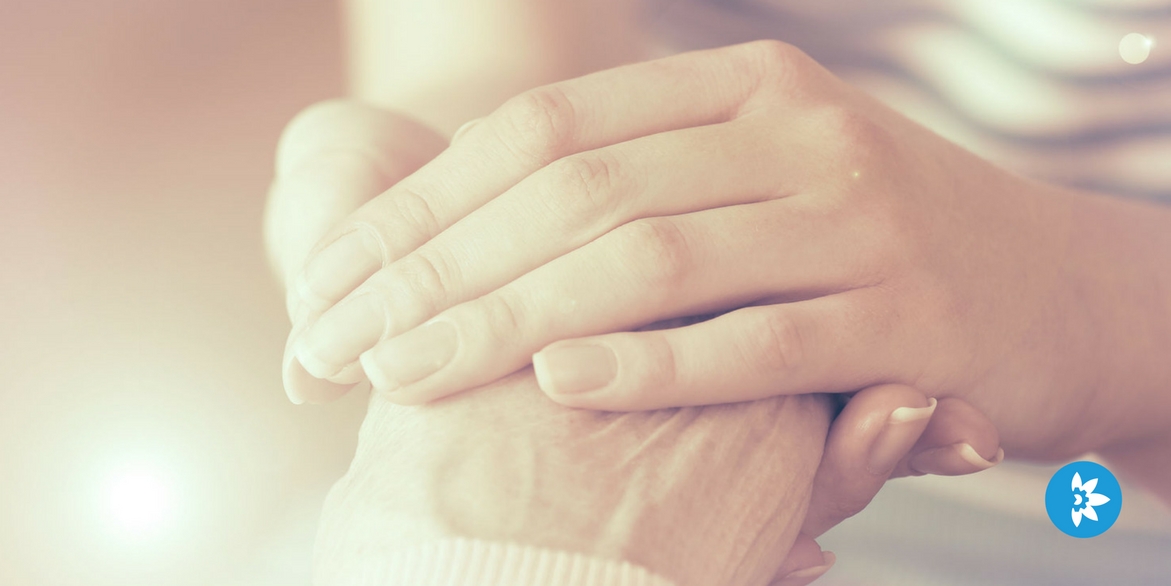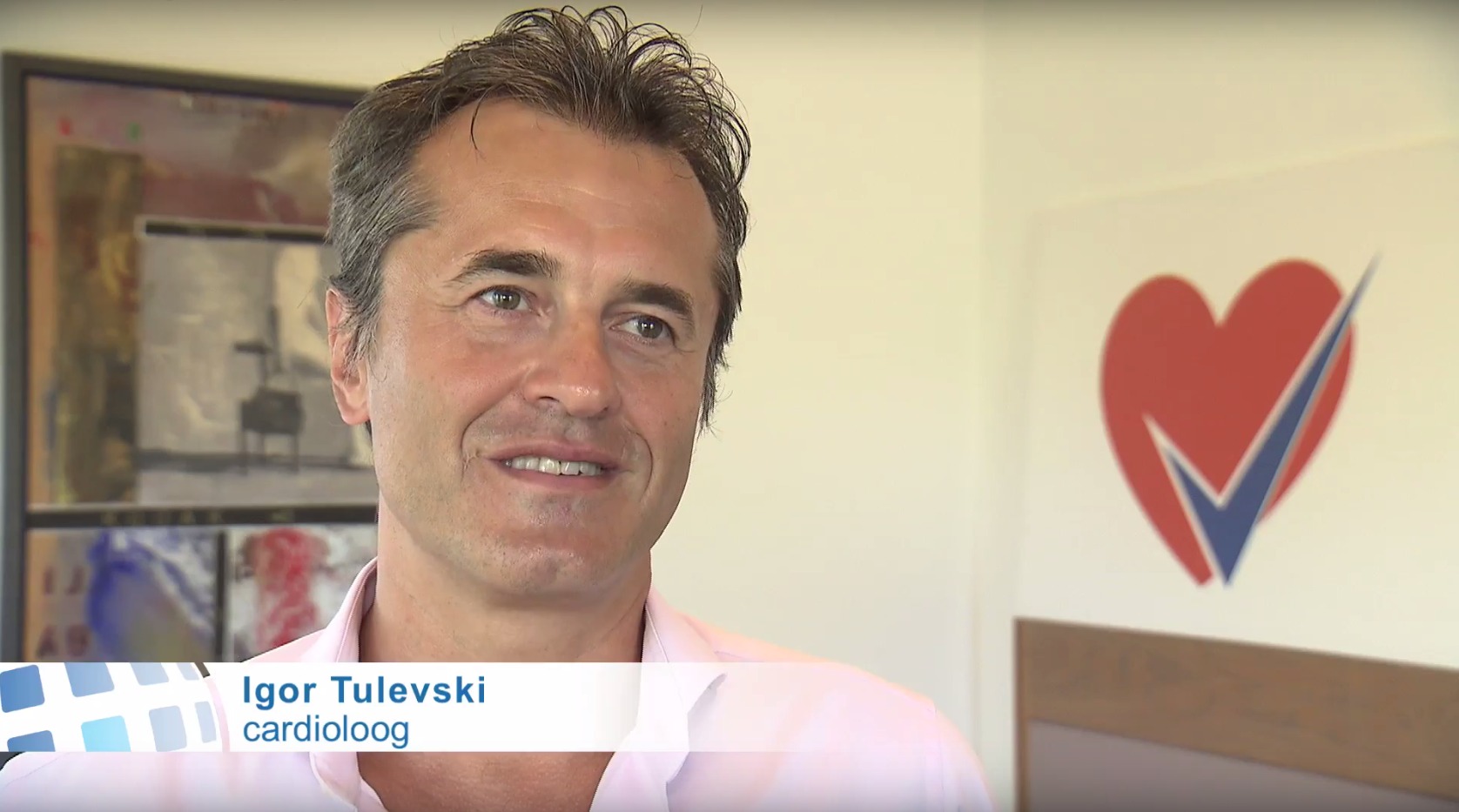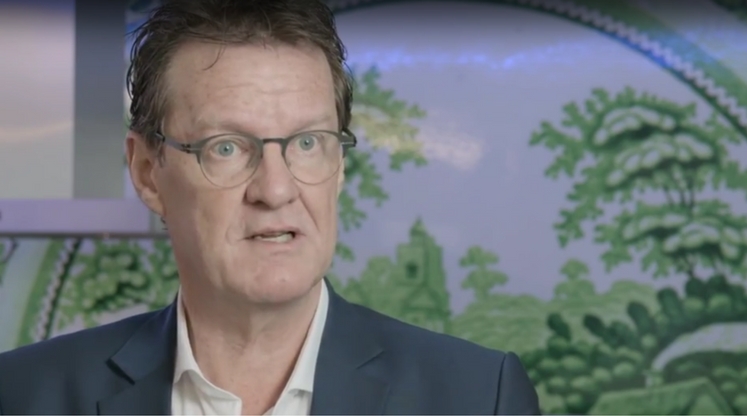Does Health Innovation Reflect the Human Side?
We are reading more and more about the digitization of health care. During the European eHealth Week in June, more than 2,000 people learned about the front-runner position taken by the Netherlands in this field. But despite the positive messages, inspiring stories, and new technologies and apps, there's something I can't quite get my head around. I talk more about that in this blog post.
Shortcoming
What makes my head spin is not the strengths and opportunities technology can offer, it's something else entirely. Allow me to illustrate this shortcoming with an experience I had nearly a decade ago, during my visit to Lelystad prison. You're probably wondering what this has to do with technology in health care. But bear with me, there is indeed a link.
''What makes my head spin is not the strengths and opportunities technology can offer, it's something else entirely''In 2006 I visited the new prison in Lelystad as part of a small group. The prison was unique at that time, as it was equipped with the latest technology to monitor prisoners. The objective was to maximize freedom and space for the inmates and minimize costs for the institution.
Each room accommodated several prisoners, who each had their own bed with an integrated touchscreen which they could use to arrange everything. The institution used Wi-Fi, RFID wristbands, and aggression detection systems ot oversee everything from the glass control room in the center of the prison. These systems would detect an incident as it happened and alert a mobile unit.
Revolutionary but short-lived
This was a great concept at the time. Digitization at its best. But, as I discovered years later from the former project leader, the institution stopped using most of this technology despite the good intentions. Why? Wasn't it revolutionary?
The project leader told me that this technology had completely removed the human element from the equation. The guards had turned into "robots" that only responded to the technological alerts and only took action when there was already an emergency. And while that technology was indeed capable of detecting high-risk situations, like a fight between two inmates, by the time guards arrived the damage had already been done.
Sixth Sense
''I learned something very important in that conversation: the power of human intuition''I learned something very important in that conversation: the power of human intuition. Human feeling is something that many techies fail to understand and that well-intentioned technologies too often seem to override.
Before the advent of technology, guards relied on their intuition to sense when something bad was about to happen. This enabled them to take the necessary action to prevent high-risk situations or intervene in a situation before it was too late.
The Experienced Doctor's Perspective
This principle also applies to health care. Experienced doctors can analyze research results and measurements, but they can also draw on a wealth of personal experiences, observations, knowledge, and feelings to diagnose a patient and prescribe the right treatment.
And there are so many instances where nurses relied on their intuition to call a doctor just in time.
While technology is essential in all of these situations, fortunately it's the interplay between technology and humanity that counts.
Support Structure to Create Value
The power of technology seems to be a popular topic in online publications about e-health and during trade fairs, where companies present their newest solutions. In daily practice, however, I've realized the importance of having the right support structures. These can help to position technology within health care and create real value for patients and professionals. The support structure consists of the following components.
1. Integration in the patient file
First of all, we need a technological support structure. In other words, how can we seamlessly integrate existing systems and technologies into the patient file, which contains personal information, a medical history, and the relevant context?
''It's important to integrate the systems used by health care professionals''
It's important to integrate the systems used by health care professionals. Ideally, health care professionals can consult this information anytime and anywhere, which would help them better assess a situation and improve their ability to exercise good judgement.
Personally, I believe that applications like cVitals should be linked to the systems used by medical specialists in hospitals. That's exactly what's happening in Utrecht, where medical specialists can access these apps from their own hospital information system (in this case Chipsoft) and share it with family doctors who, in turn, use their own information systems.
And because the data belongs to the patient, we also ensure that patients can access their data at all times. We implemented something similar for HartWacht (see the Dutch video below) in collaboration with the Dutch insurance company Zilveren Kruis and Cardiologie Centra Nederland, the Dutch center for cardiology.
2. 24/7 medical service center
But that's only part of the story. The data collected through continuous monitoring could allow smart algorithms to detect or even predict potential risks. Our projects have demonstrated the importance of having 24/7 access to data like this. It's equally as important that nurses and doctors provide patients with feedback and reassurance. A good control room or medical service center is crucial in these cases.
Think about how you might feel if a disease has made you dependent on others, and uncertainty about your body's capabilities has become your biggest foe.
3. Physical care when needed
And finally, hospitals and clinics can intervene immediately and call on a multitude of professionals when needed. In many cases, these professionals are just a few steps away. But what about an emergency at home? While technology has helped us identify emergency situations, it's useless if there's no one around to help. This is where the support structure comes in.
Health Care Technology Needs to Provide Support
In my opinion, technology should play a supportive role in health care. Of course it should support nurses, paramedics, and doctors, but it should also support patients and their caregivers or family members. "Technology should pay a supportive role in health care"
Even more important than wearables, gadgets, or platforms is the underlying support structure that makes it possible for technologies like these to create real value for the health care sector. The symbiosis between people and technology is indispensable, and ritght now that is largely missing.
The eHealth Week showed me the application potential. I've included two wonderful examples of how technology and health care go hand in hand.
Example: Siza
One moving story that really stuck with me was that of Rob Hoogma, the CEO of Siza. Siza helps clients find innovations that give them more independence in their daily lives. (Dutch video)
Example: University Medical Center Utrecht
Professor Wouter van Solinge at the University Medical Center Utrecht eloquently explained how to embed technology in the support structure, which he refers to as the "continuum of care." This can help a wide range of patients, including those suffering from complex hypertension, children with rheumatoid arthritis, and people with ALS. The University Medical Center Utrecht works with patients, family doctors, and the rehabilitation center De Hoogstraat. For more information, read the article published by the ALS center.
Health Care is All About People
In addition to technological innovations, example like these are becoming more common. These stories illustrate how technology can benefit humanity in general and health care professionals in particular. Digital support systems allow health care professionals to devote more time to their patients and more time to listening to their intuition.
We are surrounded by temptation, but let's not forget the human aspect! After all, health care is all about people, as I stressed in my keynote speech during eHealth Week. And this is something we should take great pride in.


